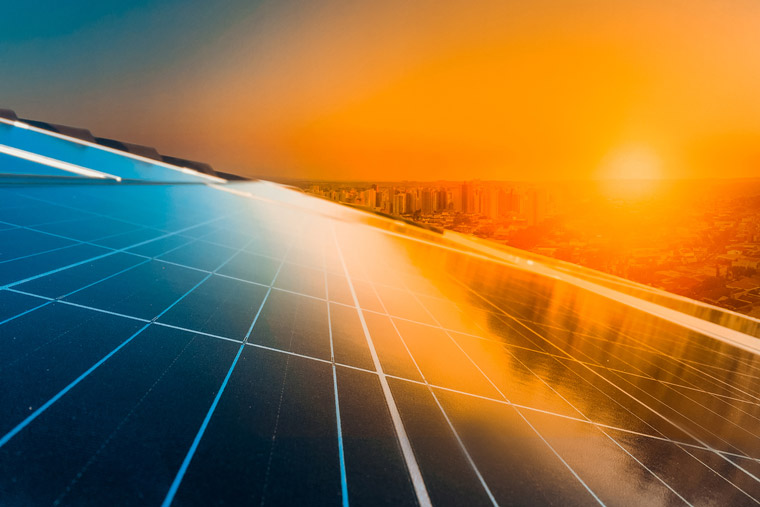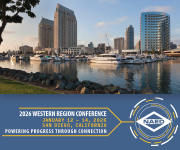By Abigail Ross Hopper, Solar Energy Industries Association
(SEIA) Climate change, hurricanes, FEMA, clean energy, the electric grid.
Recently, these terms have been front and center for millions of Americans. Between historic federal legislation, intensifying natural disasters and rising electricity prices, the clean energy transition is more relevant and urgent than ever.
However, a quiet storm is brewing that risks undercutting American clean energy and climate progress.
A proposed change to the 2024 International Building Code would stymie clean energy development and slow our country’s response to the climate crisis. This misguided proposal by FEMA would raise the structural “risk category” for ground-mounted solar installations, energy storage systems, and wind turbines to the highest level possible, on par with requirements for hospitals and fire stations.
This is a gross overreach. There is no extended record of irreparable damage to solar arrays from higher seismic, wind or snow loads, and there is no justification for these overly burdensome codes.
In practice, this code change will make most solar and storage projects too costly to build, which will weaken the grid and stop clean energy development in its tracks – all without any benefits to reliable electric service.
Privately owned solar projects are consistently permitted and inspected through local building departments using the International Building Code, and there are already strict requirements in place for solar panels to resist high winds and snow loads.
Solar and storage have proven track records supporting homes, businesses and critical infrastructure in the wake of power outages and natural disasters. Just this week, dozens of media outlets reported about a community in Southwest Florida that endured the wrath of Hurricane Ian with no loss of power because of its reliance on solar energy.
Solar resilience is not isolated to hurricanes. A FERC report on the February 2021 blackouts in Texas found that even during record-breaking low temperatures, solar performed as expected — remaining predictable, reliable and affordable.
Under the proposed code change, S76-22, developers will need to procure significantly more material to comply with strict new requirements. There is simply not enough available steel and higher-rated solar PV modules to meet these proposed requirements. Some required parts simply do not exist in the market and setting unnecessarily rigorous codes will not result in more reliable electricity.
This much is certain: The proposed code change is unworkable. In its current form, S76-22 would cause a drastic spike in construction costs, forcing the cancellation of dozens of gigawatts of clean energy projects that support thousands of jobs and that the United States is relying on to boost grid resiliency.
The risk to pending solar and storage projects is so dire that over 200 of America’s leading clean energy developers have signed a letter directly calling on the International Code Council’s voting members to reject the proposal and approve a set of compromise solutions — S79-22 and S81-22.
The Solar Energy Industries Association (SEIA) has put forward these two proposals with an important carve-out for solar projects to be designated as Risk Category 2. While it still increases the structural requirements for solar facilities, this framework takes a reasonable approach and will help ensure more projects get built.
Solar deployment will undoubtedly drop without this carve-out, setting America backward on clean energy, which is a key solution to the intensifying natural disasters that bring us to this dilemma in the first place.
ICC voters must reject S76-22 and approve S79-22 and S81-22 to preserve the promise of a robust and resilient clean energy future.
___
Article by SEIA: https://www.seia.org/blog/under-radar-little-known-code-proposal-imperils-american-clean-energy, used with permission.
Tagged with electrifiED, SEIA, solar






